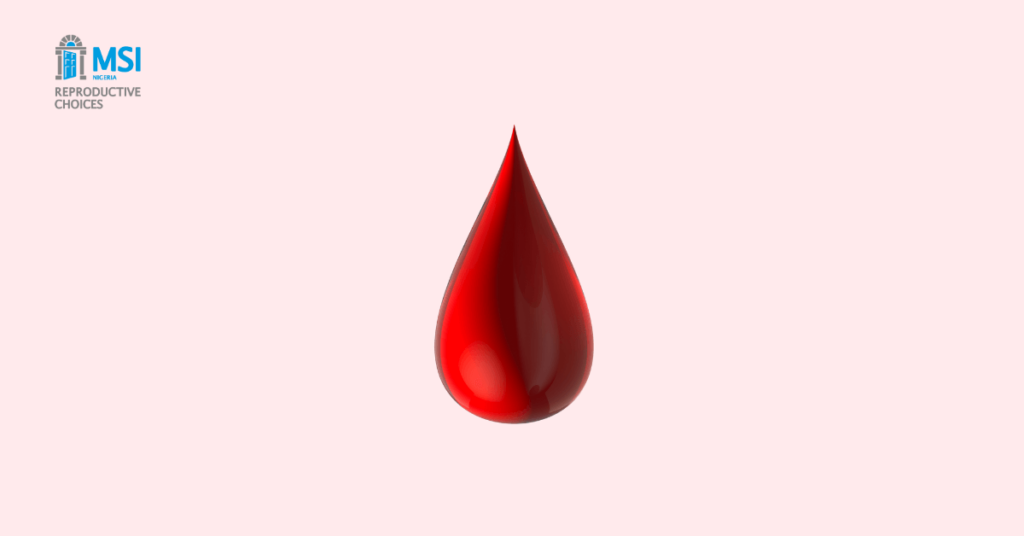
The periodic table is a popular part of chemistry that serves as a roadmap to understanding the fundamental building blocks of matter. Let us apply this area of chemistry to a major part of a woman’s life – The menstrual cycle.
Phase 1: Pre-Menstruation (Days 1-5)
Just as hydrogen, the first element on the periodic table, is the simplest and most abundant element in the universe, menstruation marks the beginning of the menstrual cycle, characterized by shedding of the uterine lining. Like hydrogen’s role as a foundational element, menstruation sets the stage for the cycle’s subsequent phases.
Phase 2: Follicular Phase (Days 1-14)
During the follicular phase, follicle-stimulating hormone (FSH) sets the pace for the development of ovarian follicles, each housing an immature egg. This phase can be likened to the element carbon, versatile and essential for life. Carbon forms the backbone of organic compounds, just as the follicular phase lays the groundwork for ovulation and potential pregnancy.
Phase 3: Ovulation (Day 14)
Ovulation is the release of a mature egg from the ovary, it is a pivotal moment in the menstrual cycle. Drawing parallels to oxygen, a vital element for sustaining life, ovulation represents a surge of fertility and potential for conception. Just as oxygen is crucial for respiration, ovulation is essential for reproduction.
Phase 4: Luteal Phase (Days 15-28)
Following ovulation, the ruptured follicle transforms into the corpus luteum, producing progesterone to prepare the uterine lining for potential implantation. This phase has a lot of similarity to calcium which is known for its role in bone health and muscle function. Similarly, the luteal phase provides a supportive environment for a potential embryo, similar to calcium’s support for bodily structures.
Phase 5: Menstruation (Days 28-1)
If fertilization does not occur, progesterone levels decline, which signals the onset of menstruation and the beginning of a new cycle. This cyclical nature mirrors the properties of elements like sodium, which readily forms compounds and cycles through various chemical reactions. Menstruation serves as a reminder of the body’s natural rhythms and its capacity for renewal.
Conclusion:
By viewing the menstrual cycle through the framework of the periodic table, we gain a deeper appreciation for its complexity and significance. Each phase,plays a unique role in the cycle’s overall function, highlighting the similarities between biological processes and fundamental principles of chemistry. Just as the periodic table guides our understanding of the elements, this menstrual cycle edition offers insight into the female reproductive system and communicates to you.
Do you understand your cycle? You can learn more or contact us for more information.







